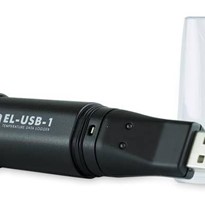1. Temperature and Pharmaceuticals
1.1. What are “temperature sensitive pharmaceuticals”?
Numerous products are considered to be “pharmaceuticals,” including drugs, medicinal products, biopharmaceuticals, API, research materials, human body samples, even medical devices. What they all have in common is that their properties, and therefore their quality, change with temperature. For example:
- Proteins decompose depending on time and temperature. The higher the temperature, the faster they fall apart
- Insulin can crystallize if frozen. If insulin is frozen, it might be harmful to the patient
- Gel turns to liquid at high temperatures
Compared to food products, pharmaceuticals typically do not change their smell and optical appearance when exposed to wrong temperatures. However, they do change their potency and their effectiveness. Therefore losing stability budget might be harmful to patient safety.
1.2. Which products fall under the category of “temperature-sensitive pharmaceutical products”?
Common regulations do not list all temperature-sensitive products in the pharmaceutical and healthcare environment. When the “Cold Chain” industry started in 1980, temperature-sensitive pharmaceutical products typically referred to refrigerated products like vaccines, insulin or biopharmaceuticals. In addition to that, blood and blood products, as well as research materials and human body samples, required temperature monitoring too.
Since the 2015 revision of the EU GDP guidelines, API and room temperature products, such as small molecules and over-the-counter drugs, were also included into the scope of temperature-controlled logistics. Since the new regulation on medical devices came into force, medical devices which include some sort of an active pharmaceutical ingredient (e.g. coating) must also be considered inside the scope of temperature-controlled logistics.
1.3. The pharma supply chain
Like most supply chains of industrialized products, the pharma supply chain is complex and consists of multiple steps. Furthermore, the supply chain of every pharmaceutical product looks different and depends on the product complexity as well as the production region. While expensive products like genetically engineered drugs typically have a very short supply chain, low-price over-the-counter drugs like Aspirin have a much more complex supply chain with multiple steps between production and patient. What all pharma supply chains have in common is the distinction between the transportation of Active Product Ingredients (API) and finished packaged products. Lately, the scope of temperature data monitoring is increasingly including the last transportation mile to the pharmacy or even to the patient. Direct-to-Patient shipments (DtP) are becoming increasingly popular and important, especially with regard to clinical trials. This is also the case for personalized drugs.
1.4. How relevant is humidity for the pharma supply chain?
Humidity is relative to temperature and represents the amount of water present in the air. Humidity is highly relevant in pharmaceutical production as long as the product is in its open form before primary packaging (i.e. liquid or powder). After primary packaging, the relative humidity typically loses its direct relevance to patient safety. It is nevertheless common to monitor relative humidity in warehouses to avoid negative impact on the labeling and packaging (i.e. paper, cardboard). In most shipments however, the only quality relevant parameter is temperature. Data loggers therefore usually do not monitor humidity inside the transportation container.
1.5. Transportation conditions vs. storage conditions
Although every pharmaceutical product has an individual stability budget, they are “clustered” into standard temperature data range groups for storage and for transportation. As storage conditions we typically see the temperature ranges -196 °C, -80 °C, -20 °C, 2-8 °C and 15-25 °C. As transportation conditions the labels are "liquid nitrogen" (-196 °C), "dry-ice" (-78 °C), 2-8 °C and 15-25 °C. The storage condition “frozen” (-20 °C) is not very often seen in transportation for mainly two reasons. Frozen products are, in most cases, not sensitive to ultra-low temperature. It is therefore cheaper to use dry ice than to use expensive and complex compression cooling.


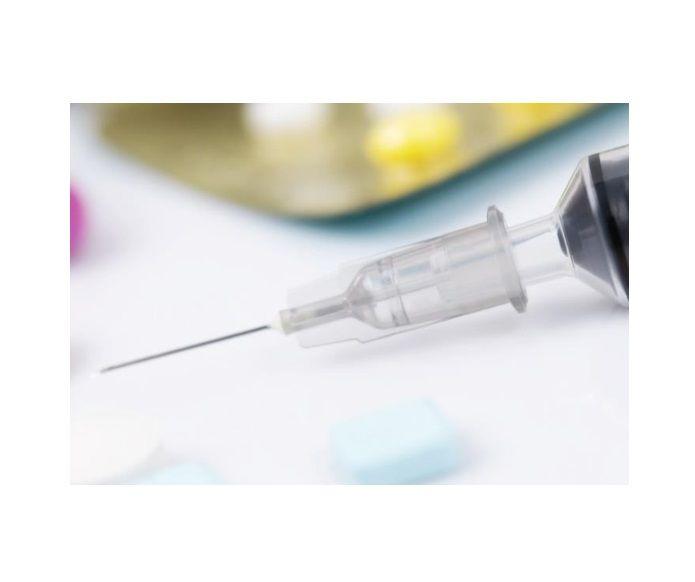






-160x160-state_article-rel-cat.png)
-160x160-state_article-rel-cat.png)



-160x160-state_article-rel-cat.png)



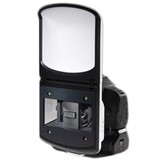


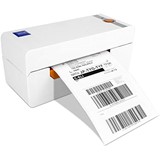

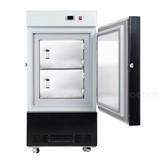


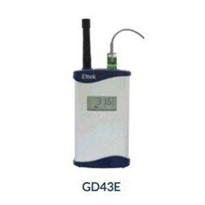
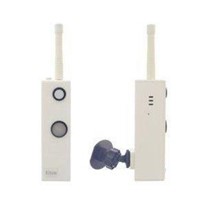



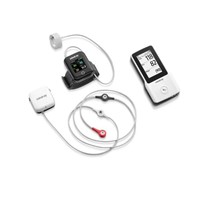



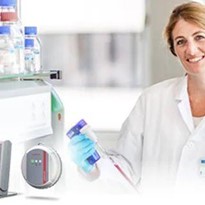
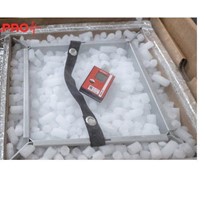
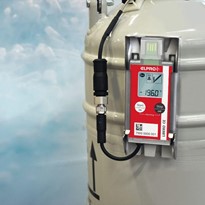


-205x205.jpg)
